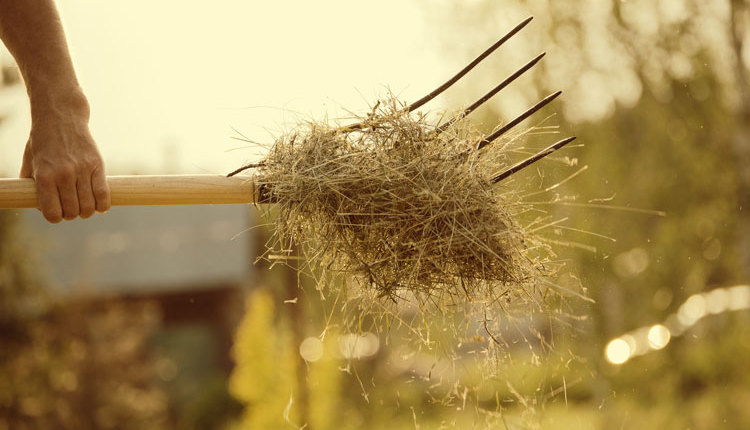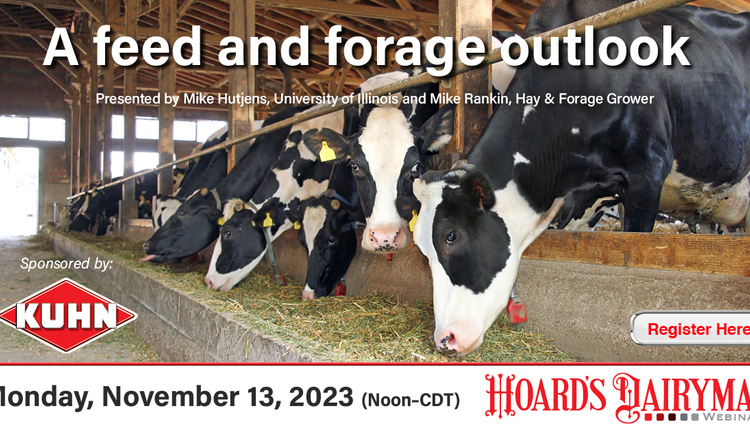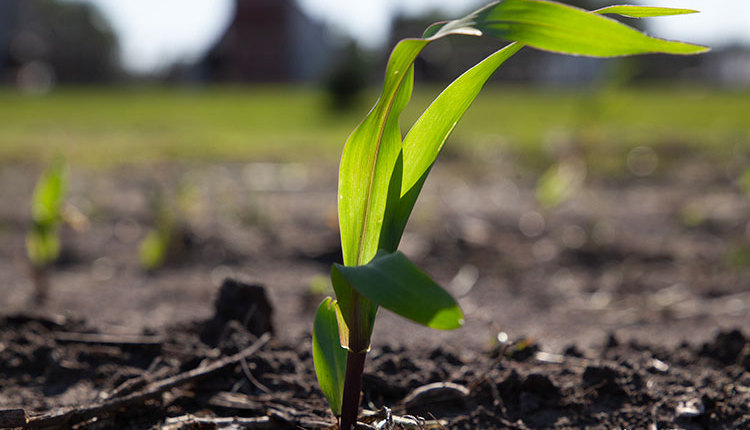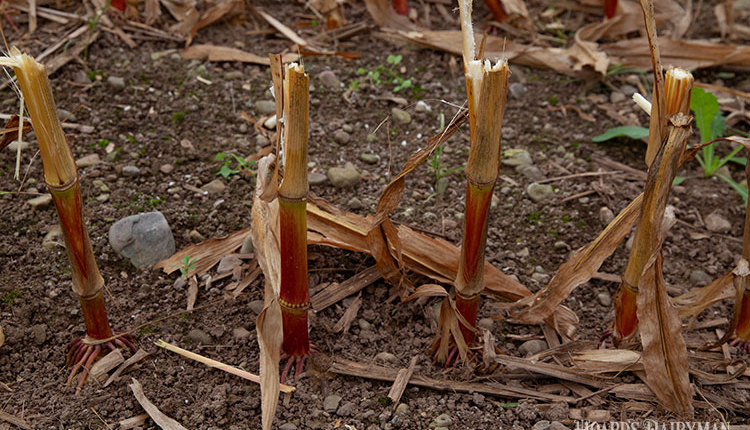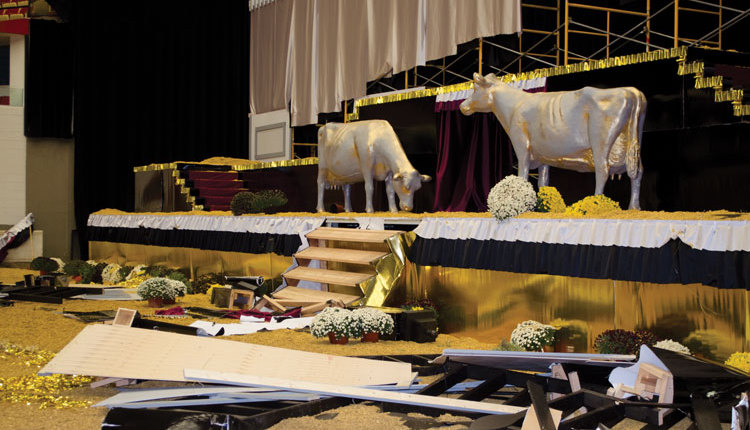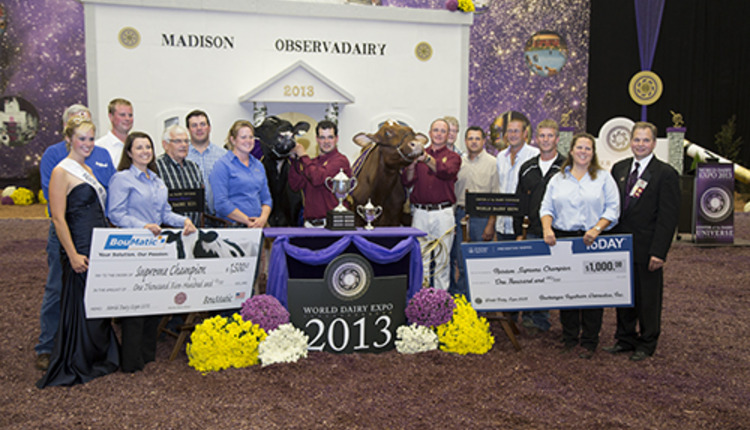The author is an agricultural writer, based at Dansville, Mich.
Whether you need to buy forages or you are selling them, determining a fair price for both the buyer and seller requires an accurate calculation of the input costs leveraged against the current market price.
"When approaching short-term sales, the seller must determine what their minimum price is, and the buyer must determine their maximum level and, hopefully, they can find a range that is acceptable to both," says Ted Bay, crops and farm management agent, UW-Extension.
The first step in setting an agreeable price is to determine how yields will be measured. Yields can be estimated using historical records. A much more accurate approach is determining weight by weighing loads or weighing a few bales and counting total bales harvested.
If using historical yield data, it is important to consider the difference in yield between cuttings. Typically, first cuttings will yield more crop than subsequent cuttings. Based on three cuttings per season, farmers can expect to harvest 40 percent of their total yearly yield in the first cutting and 30 percent in the third and fourth cutting.
"If a farmer is selling his first cutting out of the field, he can calculate the estimated yield by using the past year's data," Bay says. "If the field yielded 4 tons per acre for three cuttings, the first cutting could be estimated at 1.6 ton per acre (40 percent of total yield)."
One caution with using this approach: The growing season needs to be taken into account if weather throws us a curveball. More on that later.
If the crop is being sold as haylage, the moisture content needs to be determined to convert haylage yields to hay equivalent. To convert haylage yield to hay yield, multiply the haylage yield by the percent dry matter; then divide by the percentage of dry matter of hay.
"If the first crop yield is 3 tons per acre of haylage at 40 percent dry matter, the hay equivalent would be 1.38," Bay says.
Hay yield = 3 tons x 0.40 (%DM) = 1.38
0.87 (%DM of hay)
Quality of the forage plays a factor
Determining the nutrient value of the forages and the subsequent quality levels plays an important role in establishing a fair price. Several labs around the country offer forage testing to determine the nutrient value of the forage. The percentage of pure alfalfa to weeds or grasses also affects the stand's quality.
"Obviously, a dense, clean stand of pure alfalfa or mixed with a high-quality grass should be of higher value than an older stand with weeds," Bay says. "Forage sample analysis can estimate the quality more accurately than a visual inspection of the crop."
Short-term sales of forages can be sold either as harvested crops or directly out of the field, allowing the buyer to do the harvesting. In addition to harvesting costs, sellers also need to factor in transportation costs if they are delivering the crop. Harvesting costs are based on labor rates and fuel costs, but, in general, Bay estimates the following costs:
• Cut and conditioning $13 per acre
• Raking $13 per acre
• Baling $25 to $30 per ton
• Hauling $8 per ton
• Chop, haul, fill $48 per acre
• Wrapping $6 to $7 per bale
"Harvesting costs are factored into the stand value when the seller does the harvesting or should be a consideration when calculating forage value when a buyer harvests the forage," Bay says.

Nutrient costs
When making short-term sales of forages, buyers consider prices reflecting current market costs. However, sellers consider the value of the nutrients removed in the crop, part of the cost of maintaining the stand. Standard nutrient estimates for a ton of typical forage (dry matter basis) is 12 to 15 pounds of phosphate and about 50 to 60 pounds of potash.
The example in the table represents the cost of replacing nutrients for a grassy stand of forage using prices of $470 per ton for potash and $450 per ton for phosphorus (DAP).
Once the nutrient values, yield determinations, and market forces are considered, the buyer and seller should be able to reach a fair price for both parties. Bay reminds both parties to consider the risks associated with buying forages. Weather conditions can delay harvesting which will in turn lower the quality.
"Contracts signed well before harvest and full-season contracts should reflect a lower price due to the greater risk the buyer is assuming," Bay says, "In contrast, an agreement made close to harvest has less risk because the buyer knows the status of the crop. A rule of thumb is to value risk at 15 percent of hay value per cutting."
As with all good business practices, a written agreement between the buyer and seller should be drafted including the agreed upon price, when the payment is due, and the harvesting details.
Click here to return to the Crops & Forages E-Sources
100325_212
Whether you need to buy forages or you are selling them, determining a fair price for both the buyer and seller requires an accurate calculation of the input costs leveraged against the current market price.
"When approaching short-term sales, the seller must determine what their minimum price is, and the buyer must determine their maximum level and, hopefully, they can find a range that is acceptable to both," says Ted Bay, crops and farm management agent, UW-Extension.
The first step in setting an agreeable price is to determine how yields will be measured. Yields can be estimated using historical records. A much more accurate approach is determining weight by weighing loads or weighing a few bales and counting total bales harvested.
If using historical yield data, it is important to consider the difference in yield between cuttings. Typically, first cuttings will yield more crop than subsequent cuttings. Based on three cuttings per season, farmers can expect to harvest 40 percent of their total yearly yield in the first cutting and 30 percent in the third and fourth cutting.
"If a farmer is selling his first cutting out of the field, he can calculate the estimated yield by using the past year's data," Bay says. "If the field yielded 4 tons per acre for three cuttings, the first cutting could be estimated at 1.6 ton per acre (40 percent of total yield)."
One caution with using this approach: The growing season needs to be taken into account if weather throws us a curveball. More on that later.
If the crop is being sold as haylage, the moisture content needs to be determined to convert haylage yields to hay equivalent. To convert haylage yield to hay yield, multiply the haylage yield by the percent dry matter; then divide by the percentage of dry matter of hay.
"If the first crop yield is 3 tons per acre of haylage at 40 percent dry matter, the hay equivalent would be 1.38," Bay says.
Hay yield = 3 tons x 0.40 (%DM) = 1.38
0.87 (%DM of hay)
Quality of the forage plays a factor
Determining the nutrient value of the forages and the subsequent quality levels plays an important role in establishing a fair price. Several labs around the country offer forage testing to determine the nutrient value of the forage. The percentage of pure alfalfa to weeds or grasses also affects the stand's quality.
"Obviously, a dense, clean stand of pure alfalfa or mixed with a high-quality grass should be of higher value than an older stand with weeds," Bay says. "Forage sample analysis can estimate the quality more accurately than a visual inspection of the crop."
Short-term sales of forages can be sold either as harvested crops or directly out of the field, allowing the buyer to do the harvesting. In addition to harvesting costs, sellers also need to factor in transportation costs if they are delivering the crop. Harvesting costs are based on labor rates and fuel costs, but, in general, Bay estimates the following costs:
• Cut and conditioning $13 per acre
• Raking $13 per acre
• Baling $25 to $30 per ton
• Hauling $8 per ton
• Chop, haul, fill $48 per acre
• Wrapping $6 to $7 per bale
"Harvesting costs are factored into the stand value when the seller does the harvesting or should be a consideration when calculating forage value when a buyer harvests the forage," Bay says.

Nutrient costs
When making short-term sales of forages, buyers consider prices reflecting current market costs. However, sellers consider the value of the nutrients removed in the crop, part of the cost of maintaining the stand. Standard nutrient estimates for a ton of typical forage (dry matter basis) is 12 to 15 pounds of phosphate and about 50 to 60 pounds of potash.
The example in the table represents the cost of replacing nutrients for a grassy stand of forage using prices of $470 per ton for potash and $450 per ton for phosphorus (DAP).
Once the nutrient values, yield determinations, and market forces are considered, the buyer and seller should be able to reach a fair price for both parties. Bay reminds both parties to consider the risks associated with buying forages. Weather conditions can delay harvesting which will in turn lower the quality.
"Contracts signed well before harvest and full-season contracts should reflect a lower price due to the greater risk the buyer is assuming," Bay says, "In contrast, an agreement made close to harvest has less risk because the buyer knows the status of the crop. A rule of thumb is to value risk at 15 percent of hay value per cutting."
As with all good business practices, a written agreement between the buyer and seller should be drafted including the agreed upon price, when the payment is due, and the harvesting details.
100325_212


